Full text
PDF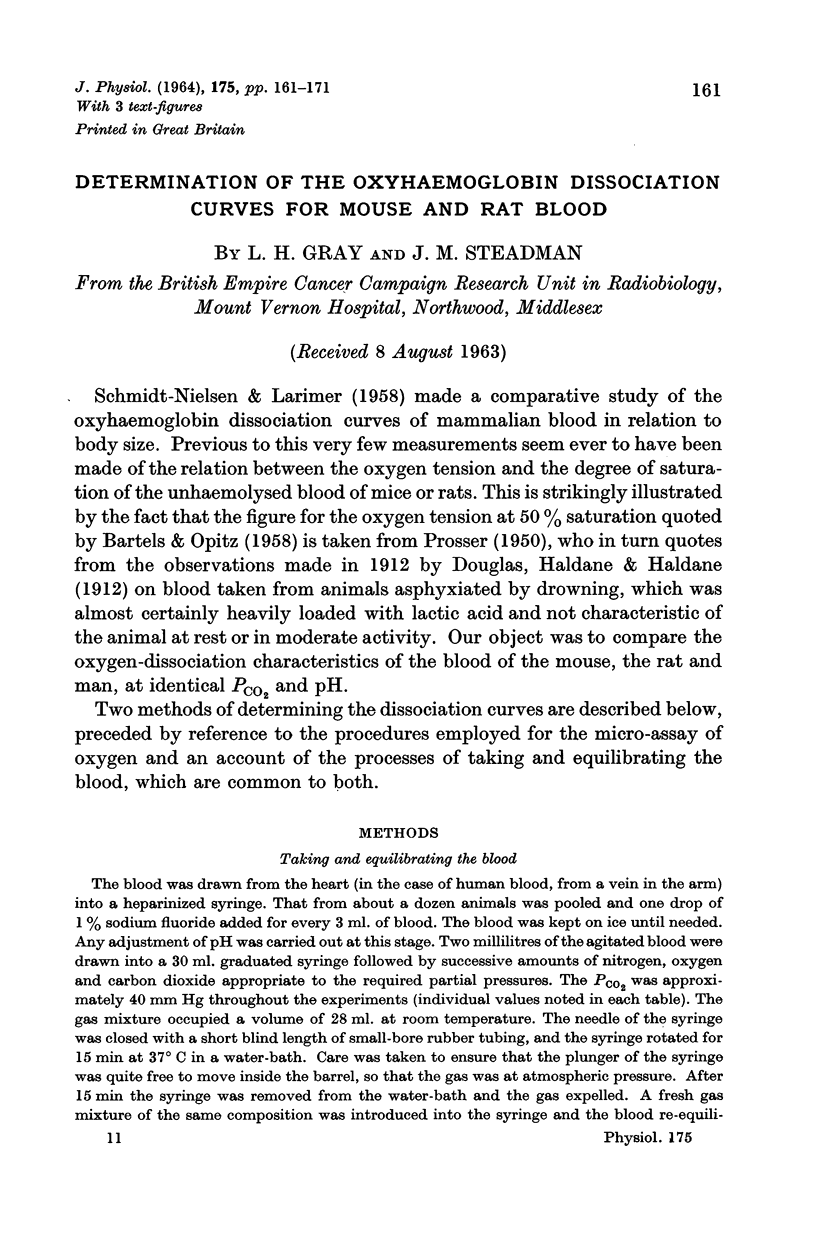

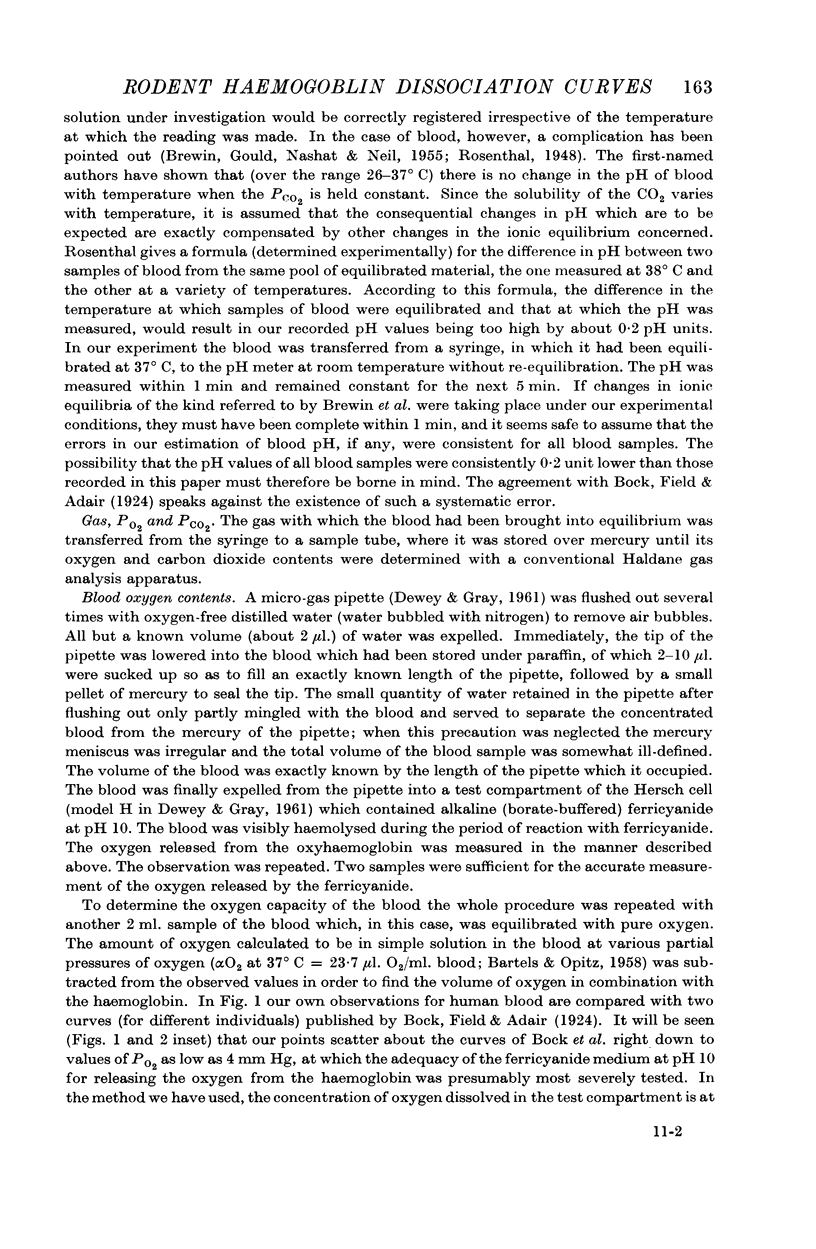
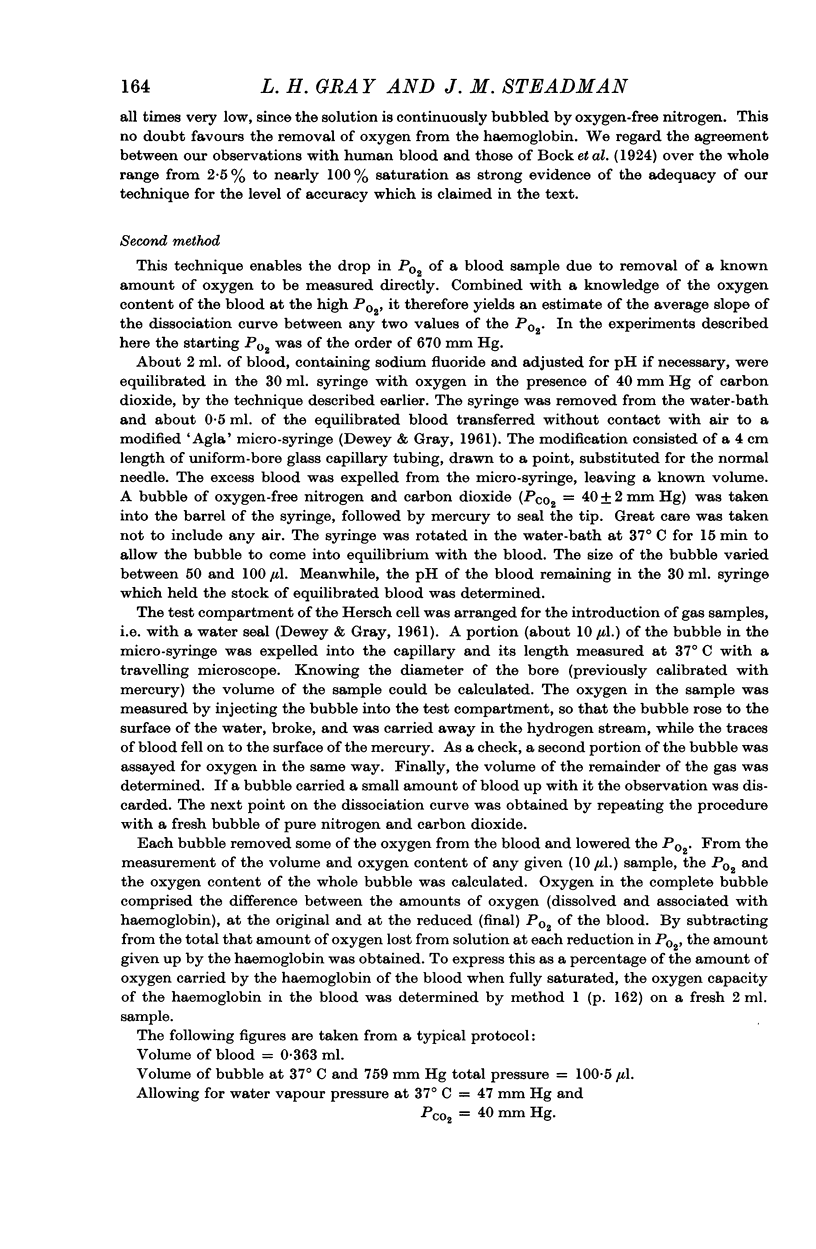
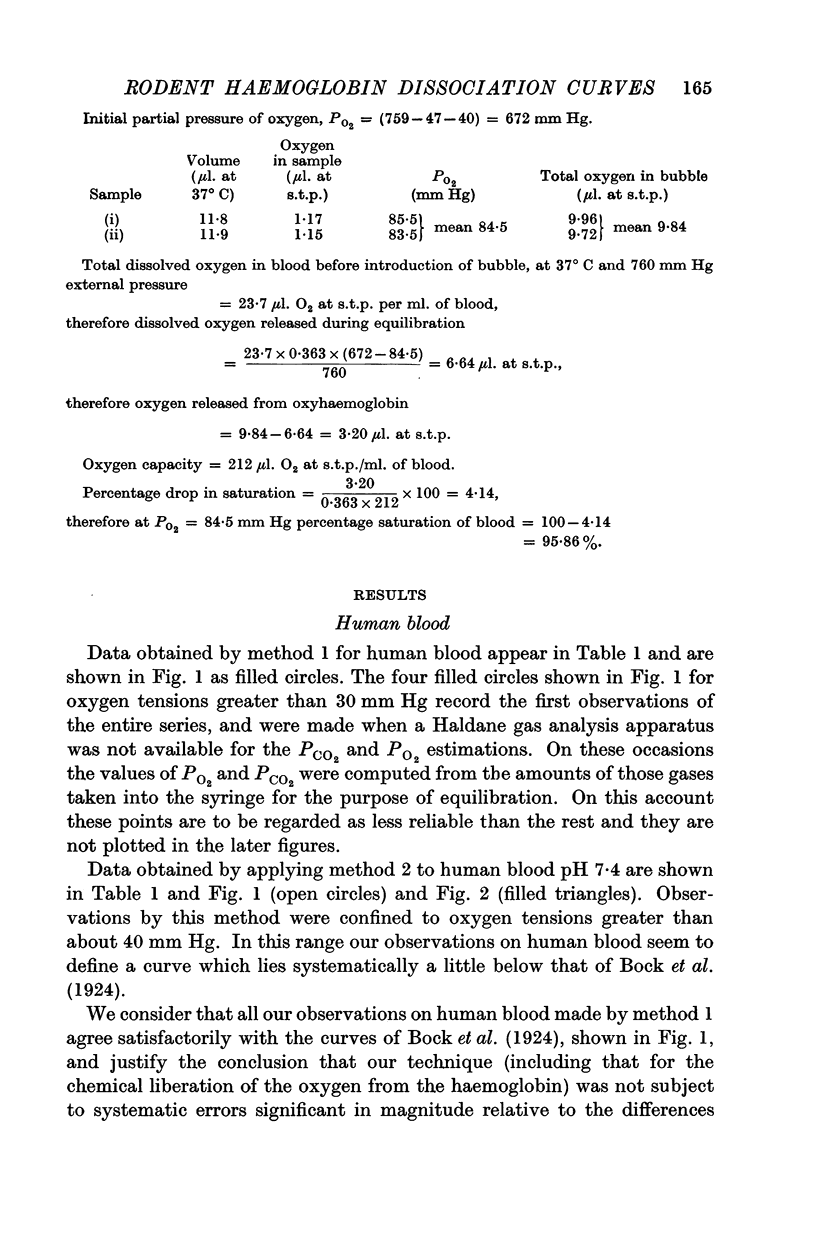
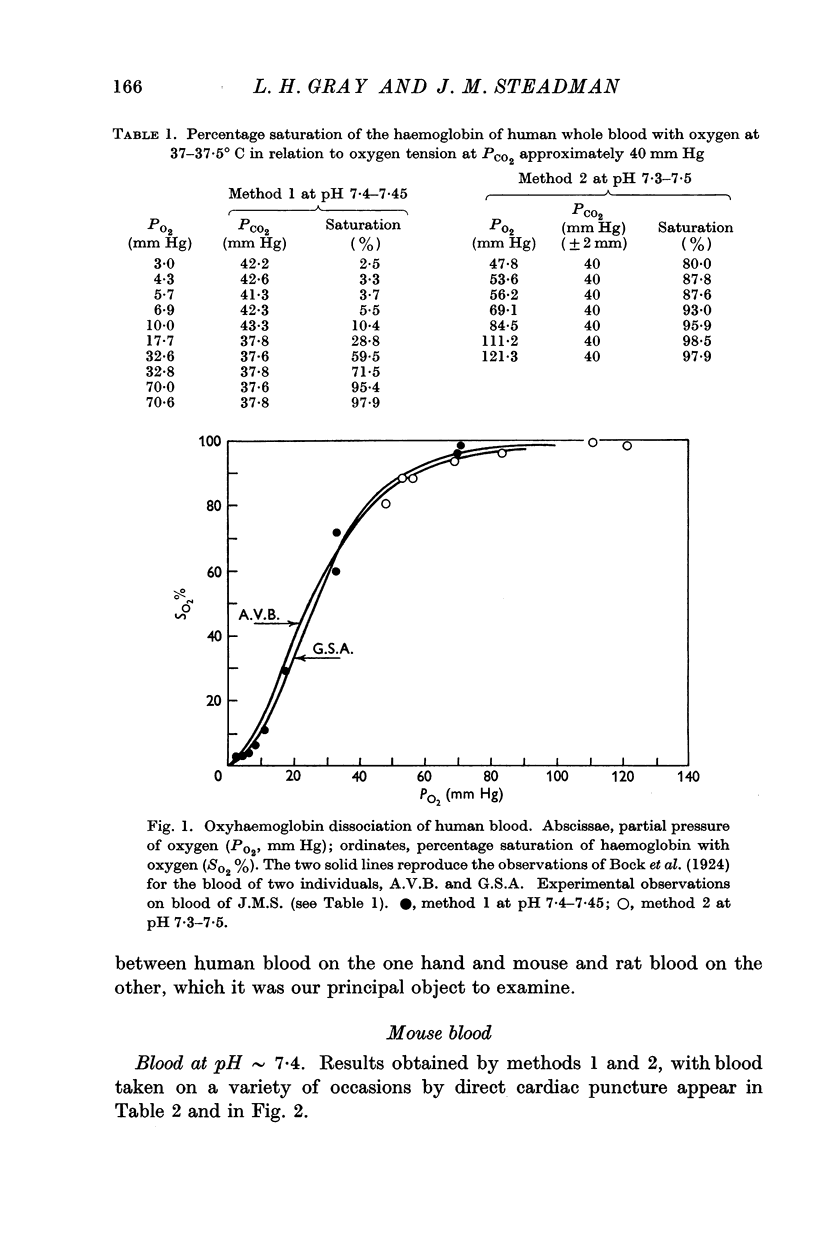
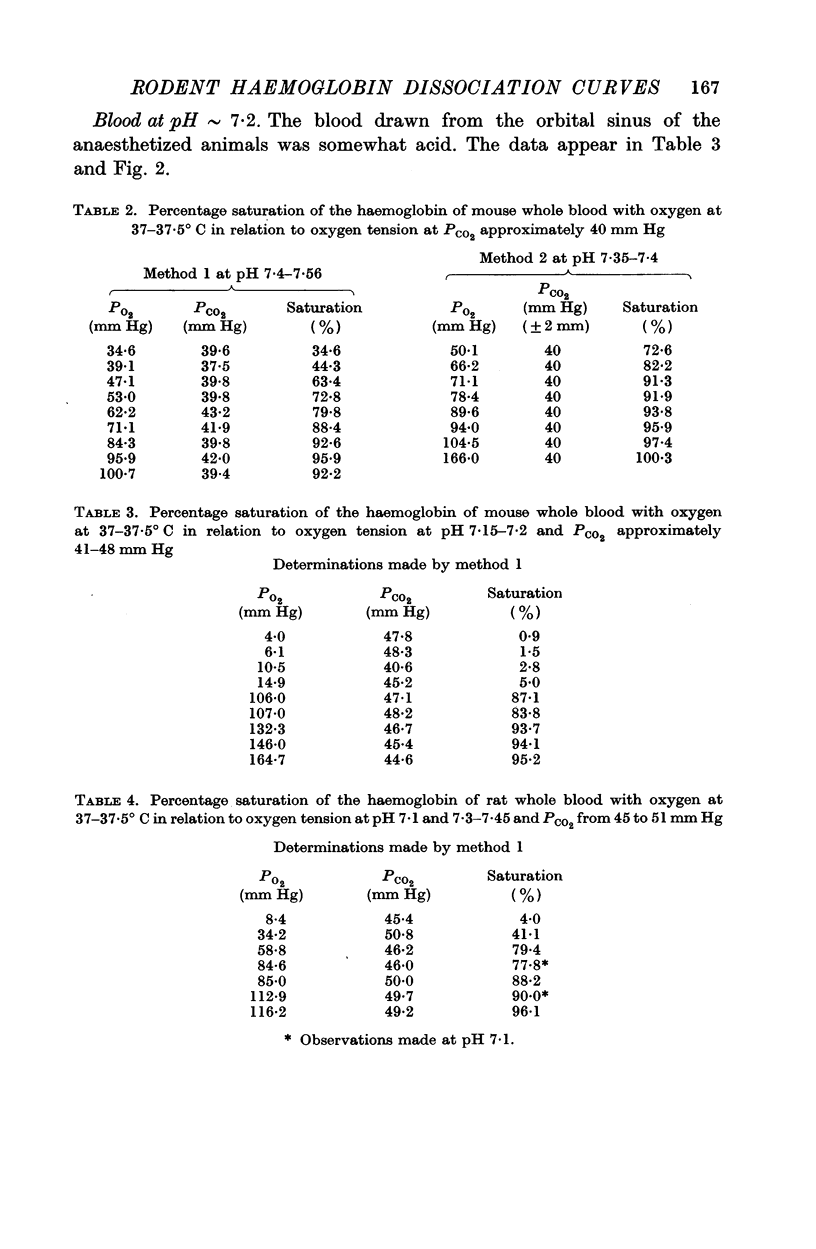
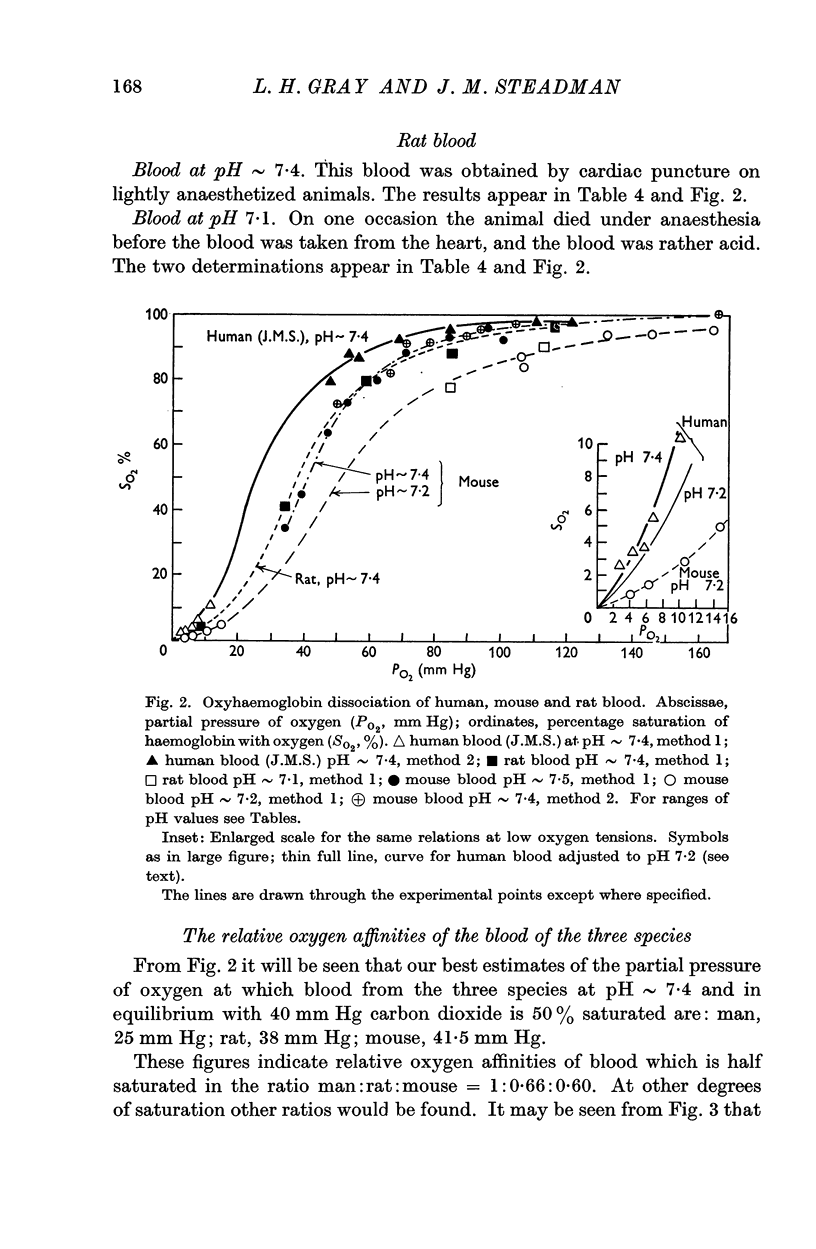
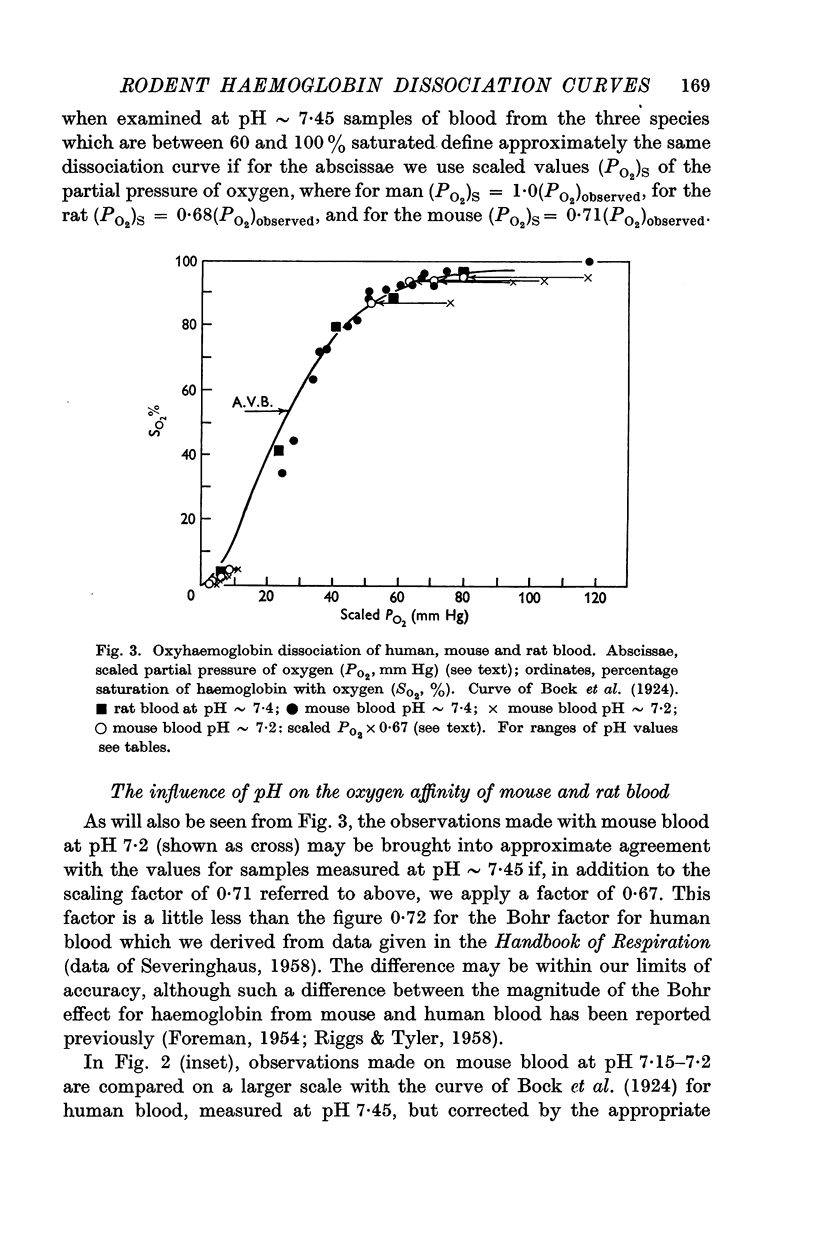
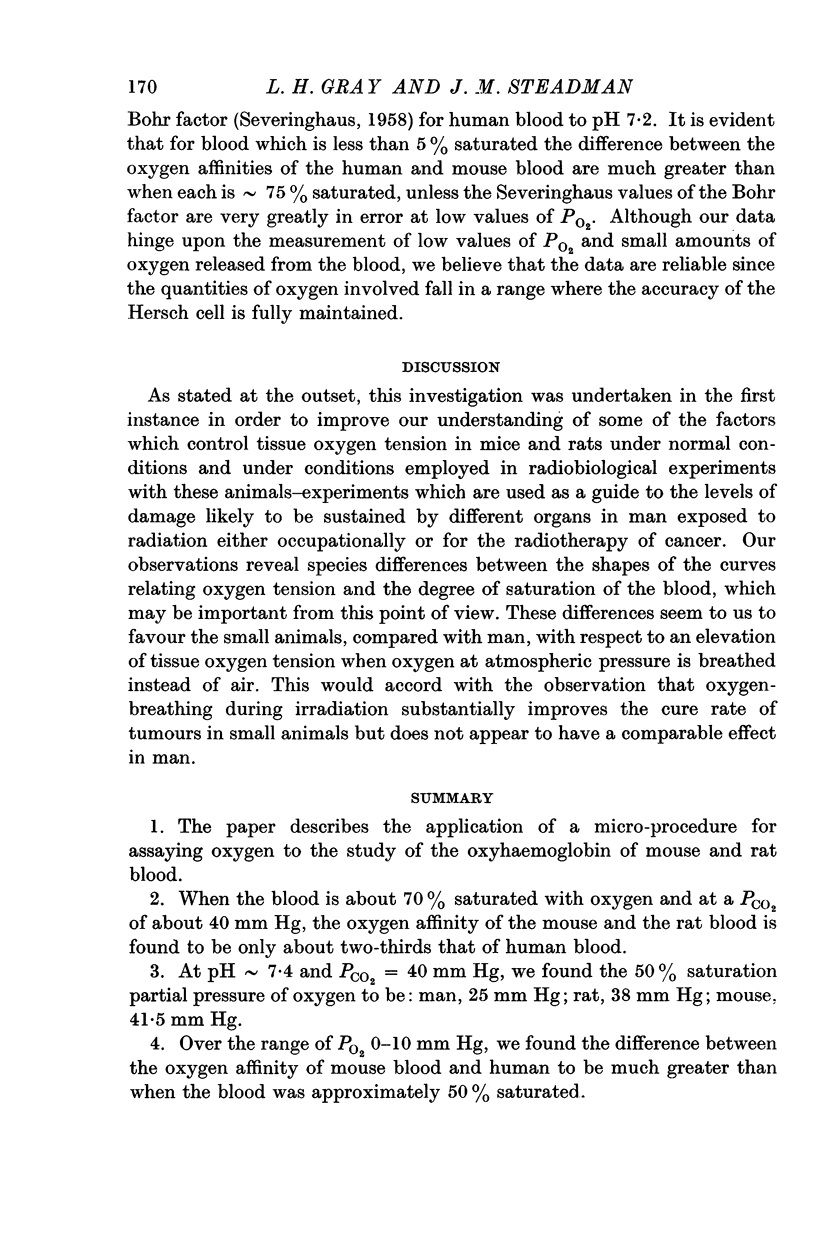
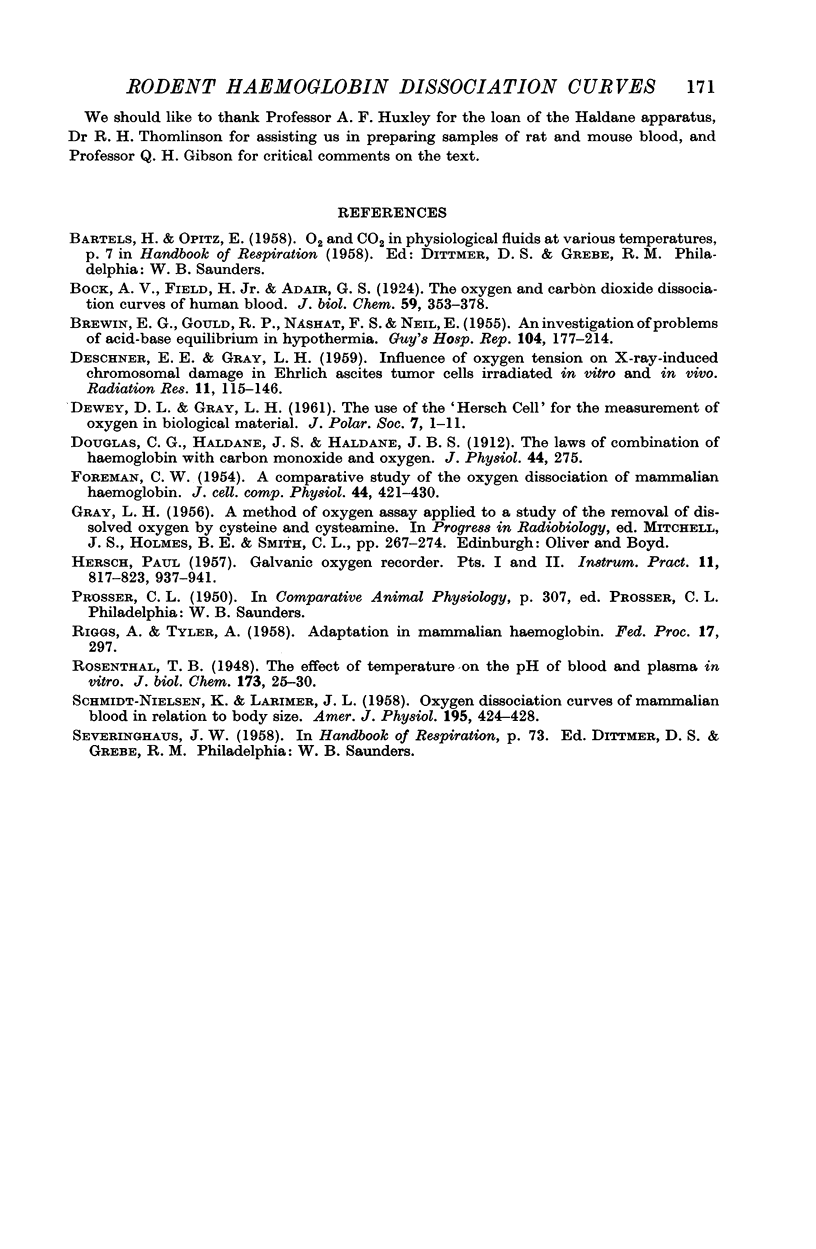
Selected References
These references are in PubMed. This may not be the complete list of references from this article.
- BREWIN E. G., GOULD R. P., NASHAT F. S., NEIL E. An investigation of problems of acid base equilibrium in hypothermia. Guys Hosp Rep. 1955;104(3):177–214. [PubMed] [Google Scholar]
- DESCHNER E. E., GRAY L. H. Influence of oxygen tension on x-ray-induced chromosomal damage in Ehrlich ascites tumor cells irradiated in vitro and in vivo. Radiat Res. 1959 Jul;11(1):115–146. [PubMed] [Google Scholar]
- Douglas C. G., Haldane J. S., Haldane J. B. The laws of combination of haemoglobin with carbon monoxide and oxygen. J Physiol. 1912 Jun 12;44(4):275–304. doi: 10.1113/jphysiol.1912.sp001517. [DOI] [PMC free article] [PubMed] [Google Scholar]
- FOREMAN C. W. A comparative study of the oxygen dissociation of mammalian hemoglobin. J Cell Physiol. 1954 Dec;44(3):421–429. doi: 10.1002/jcp.1030440305. [DOI] [PubMed] [Google Scholar]
- SCHMIDT-NEILSEN K., LARIMER J. L. Oxygen dissociation curves of mammalian blood in relation to body size. Am J Physiol. 1958 Nov;195(2):424–428. doi: 10.1152/ajplegacy.1958.195.2.424. [DOI] [PubMed] [Google Scholar]


